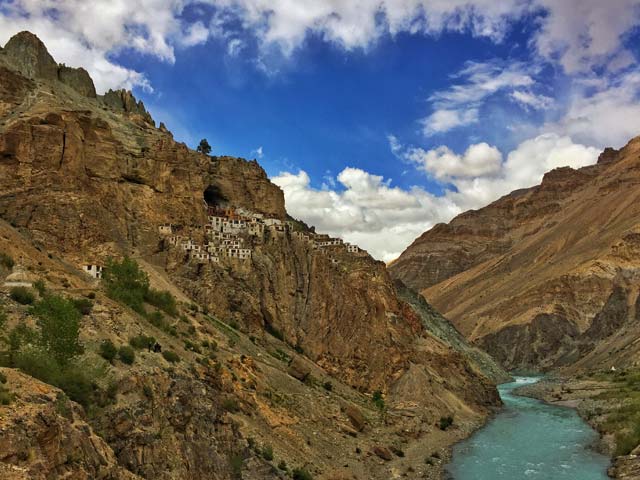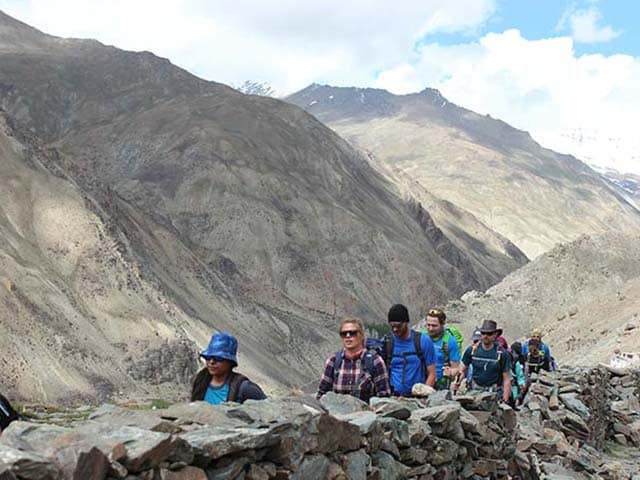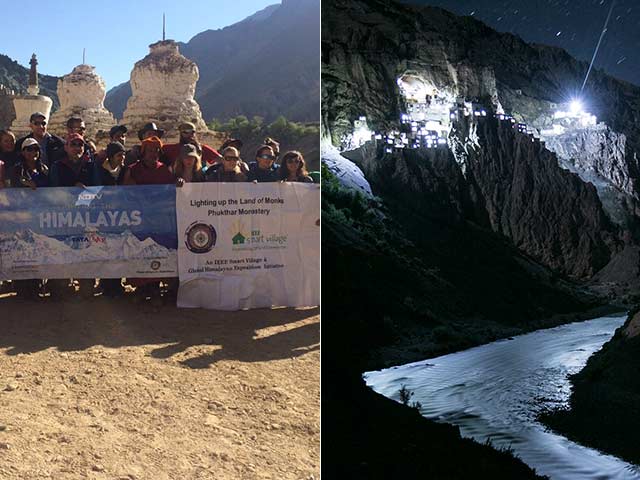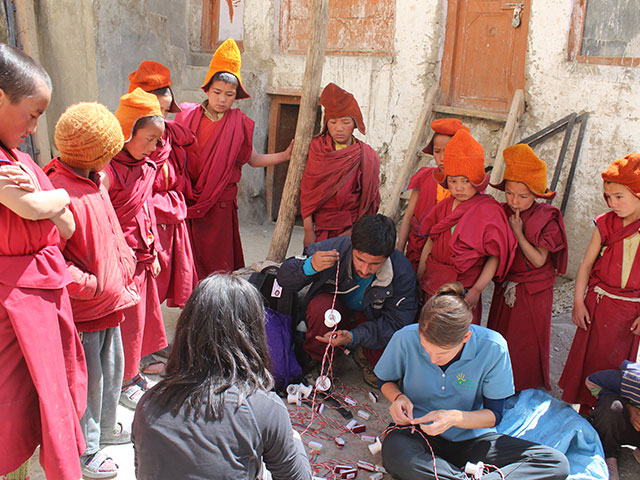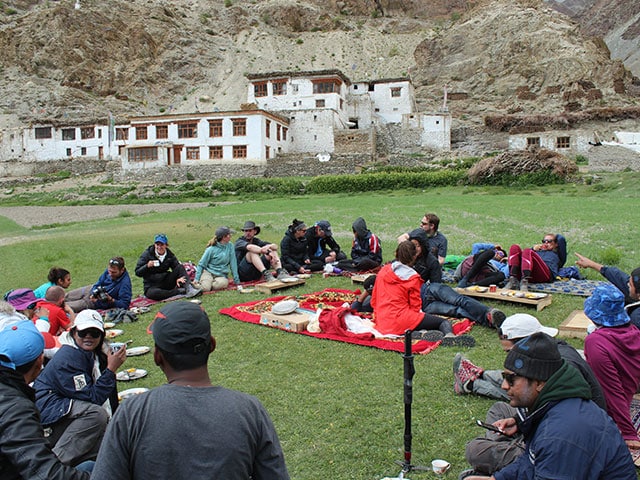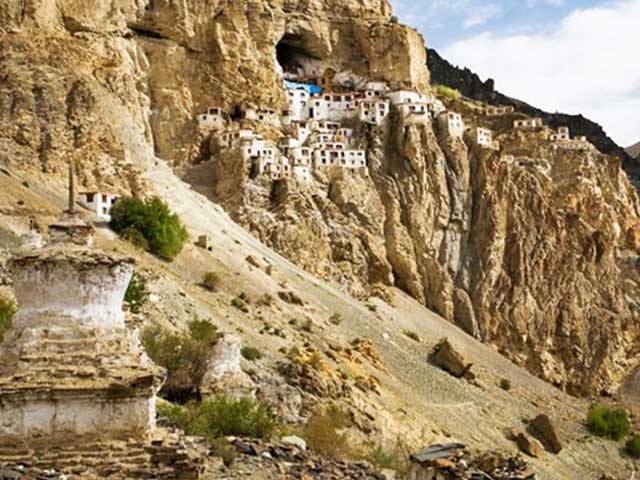
- Lighting The Himalayas /
- Journey In Pics
In Pics
Lighting The Himalayas Team's Journey From Leh To The Remotest Village Of Ladakh
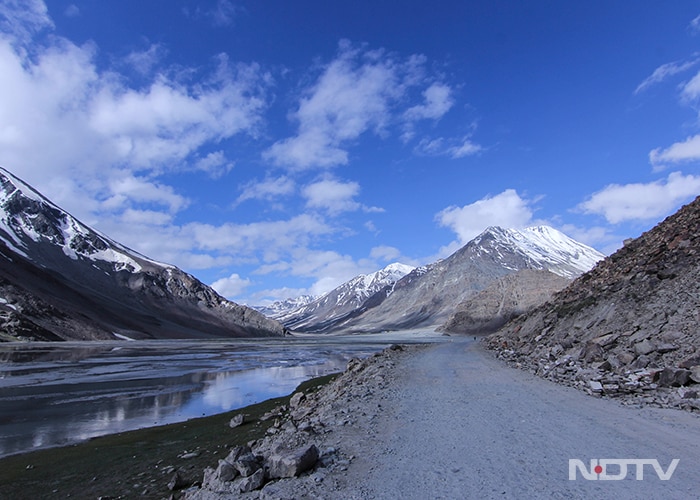
The road from Leh to Sarchu offers the most picturesque views along with delightfully well paved roads for over 500 Kilometers.
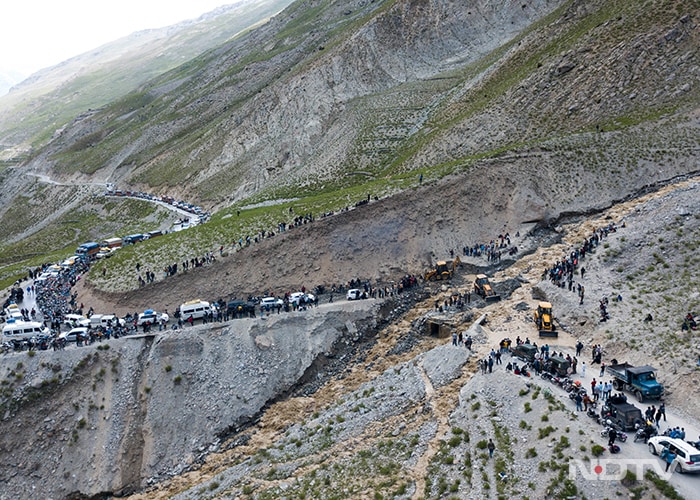
The team's first day on the road turned out to be more adventurous than planned as a massive landslide on the Leh-Manali Highway obstructed the traffic for over six hours.
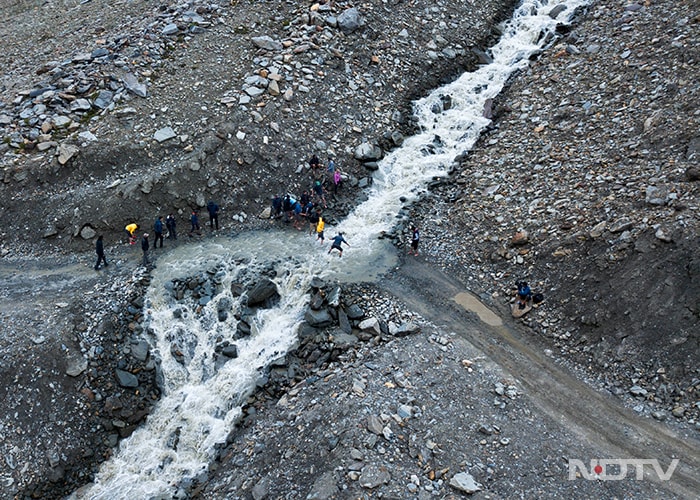
The team ran into several landslides and flooded streams beyond the National Highway and they had to redirect the water flow and make a temporary path to make way for the cars.

The freezing winds and rain made the trek on Zanskar's glaciers far more challenging than expected but the view from the virgin mountains made it all worth the effort.
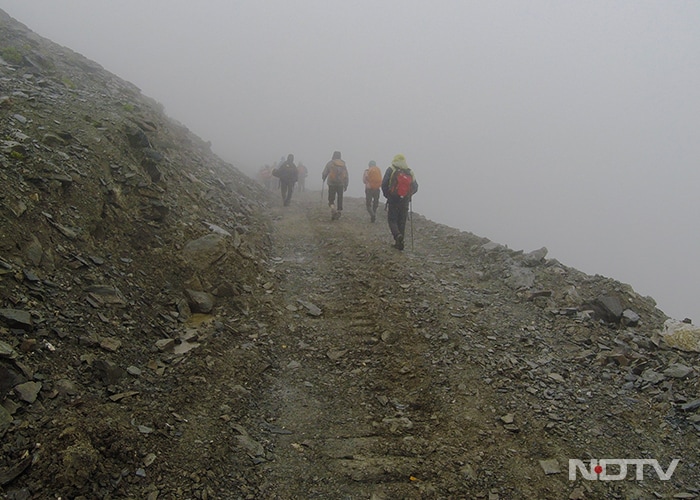
It took the team three hours to cross the Shingola Pass on foot after it was shut down due to heavy snow fall and floods.

After walking for over six hours from Zanskar Sumbdho, the team arrived at the gateway of the Zanskar valley.
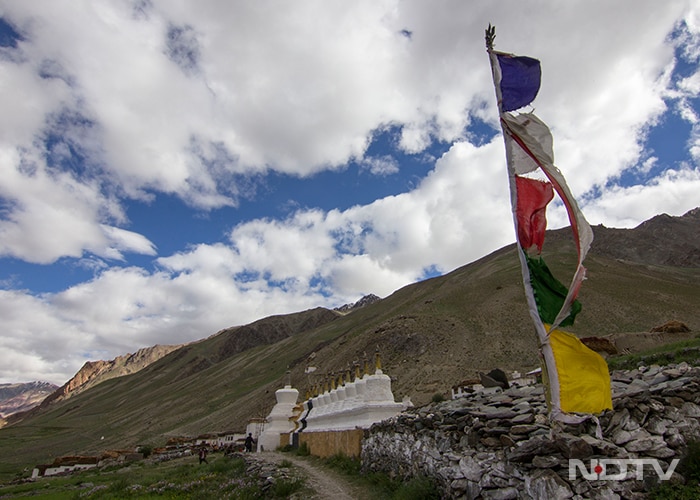
Fluttering flags and shiny Chortens make for a dramatic and charming entry into the village of Kargaik.
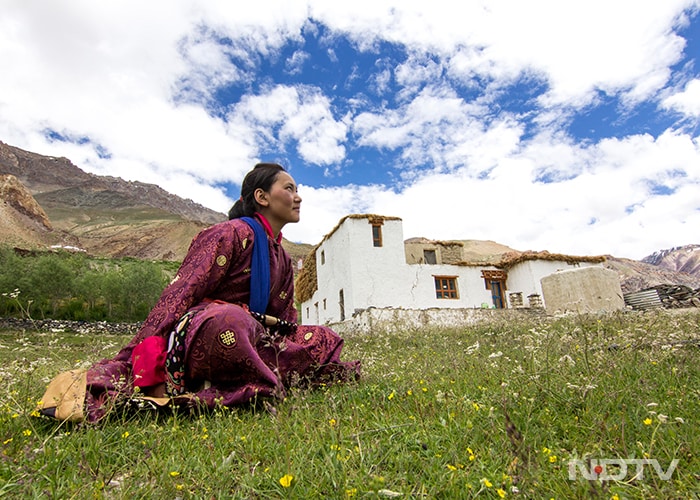
On the way to Shade, the team came across a young girl from Purne village who sat there enjoying the most enchanting and tranquil atmosphere that her valley has to offer.

Even the lamas of Phugtal tread carefully while on the hanging bridge of Tsarap river. This bridge marks the entry into Phugtal valley from the south side.
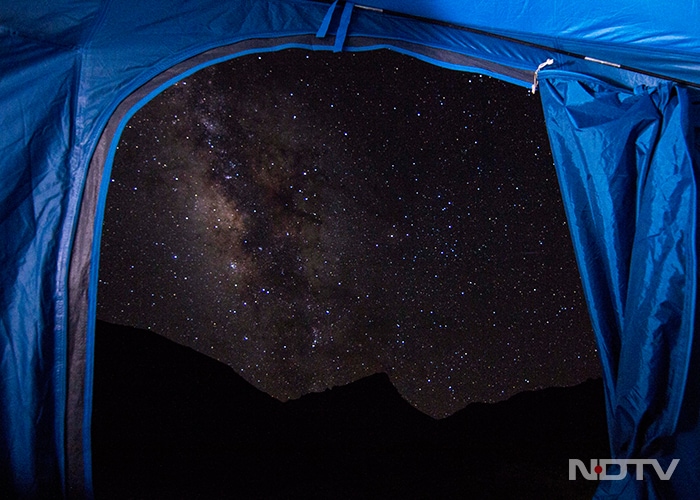
The view of the night sky from NDTV crew's tent was just as breathtaking as the trek to Phugtal.
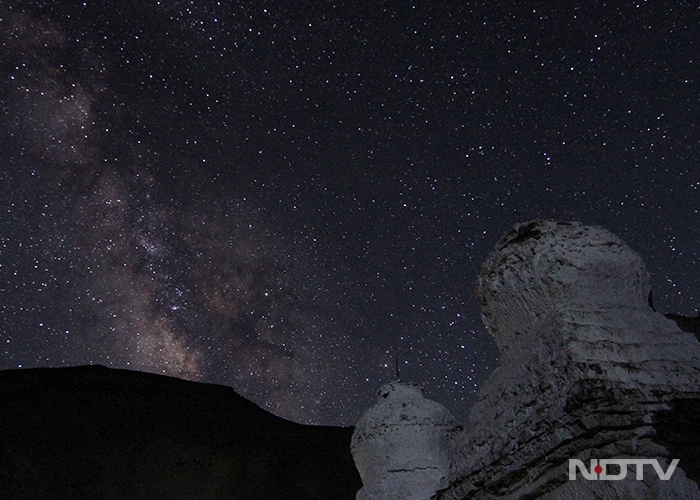
The thin air of Ladakh might be a cause of inconvenience for trekkers but it is also the reason behind the giant twinkling stars spread across the crystal clear skies.
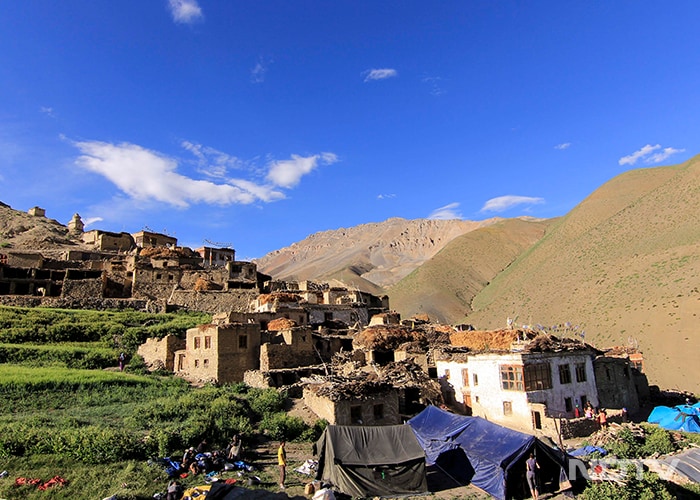
Reaching the final destination of the expedition was a gratifying moment. Shade village has evolved over centuries, all the while securing their tender heritage away from the clutter of civilization.
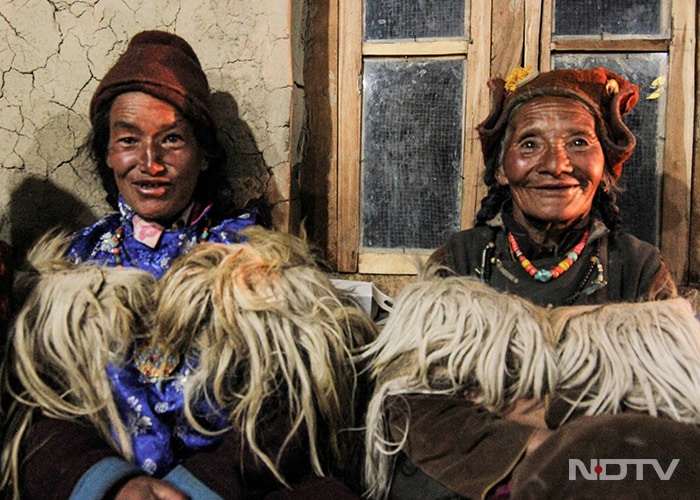
The deep wrinkles adorning these women's faces are testimony to a life lived in arduous conditions and the electrification of their village is responsible for the wide smiles.
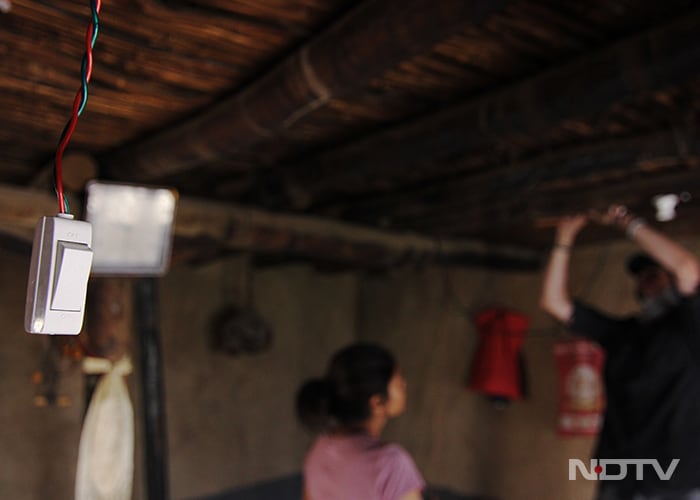
Finally the people of Shade will have the luxury of brightening up their homes at the click of a button. The excitement in this room was reaching its breaking point at the time of Decentralized DC Micro grids installation.
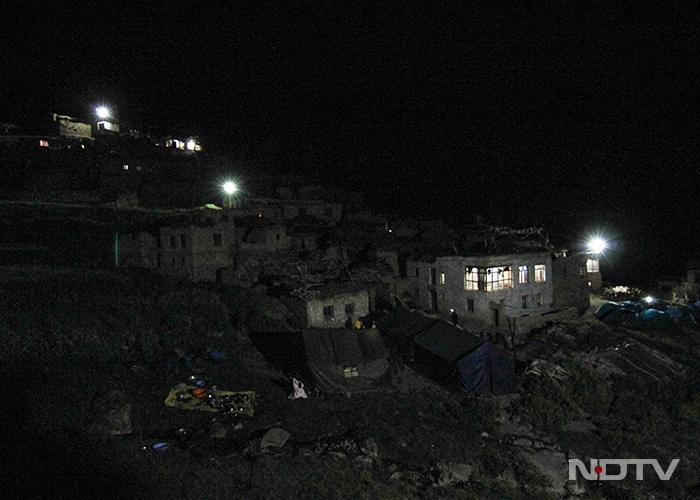
On July 18, 2017, the estimated 3000-year-old village Shade was illuminated with the solar power.
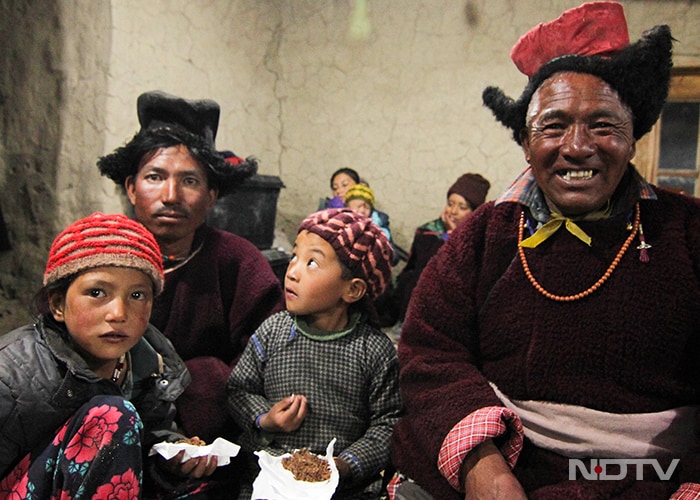
The excitement is evident on the faces of the people of Shade. "We never thought that such light could be brought to our homes, that people would give this to us for nothing in return, we are truly blessed." said an old man of the village.
Photos - Season 1
................................ Advertisement ................................
About the Initiative
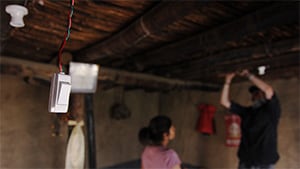
The remote settlements of the Himalayas continue to struggle for basic amenities in the 21st century. The future of these communities is at stake. They live in extreme climatic conditions, without electricity, health care and education.
Lighting the Himalayas is a journalistic feature series, committed to procurement and documentation of the on ground installation of renewable powered electric grid systems with cost effective, sustainable and scalable designs.
The great Himalayan ranges continue to bear the effects of climate change in the most extreme weather and living conditions. Longer summers, heavy rainfall, floods, droughts and soaring temperatures are one of the more evident symptoms of this disease.
To add to the severity of climate change almost 3000 Himalayan villages are based above an altitude of 13,000 Ft, which ensures that they remain cut-off from the world for over half a year.
The Lyungnak valley of ladakh, which is also home to the 2500 Phugtal Monastery and the remotest village of Zanskar Shade, has witnessed several calamities due to climate change in the last few years.
This is the story of bringing light to one of the remotest and oldest villages in the world. At an altitude of 14,300 feet, a team of highly motivated change makers, from several corners of the world take on the task of installing sustainable and scalable solar power grids in this pristine hamlet.
This endearing challenge begins in Leh, only to be redeemed 750 kilo meters away in the heart of the steepest, most unhabitable mountain peaks.
Season 1 of Lighting the Himalayas witnessed the 2500 year old Phugtal Monastery’s transition from darkness to light. And Season 2 will see the illumination of the remotest village of Zanskar, called Shade.
About GHE

The Global Himalayan Expedition (GHE) is a social impact enterprise focused on creating tangible change in the remote Himalayan communities. Their approach includes, seeking of beauty and wisdom of the Himalayas and to share it with others through such expeditions. GHE aims to install sustainable & scalable solar power for the rural population of the Himalayan ranges. Their lives are pledged to the provision of green energy and education for the humble residents of this acute landscape.
In the past, GHE has held many other expeditions that involved successful installation of solar power in 10 off-grid Himalayan villages located above an altitude of 12000 Feet. In the near future, GHE will power up 30 more villages and bring light to them.
Join Us
................................ Advertisement ................................


